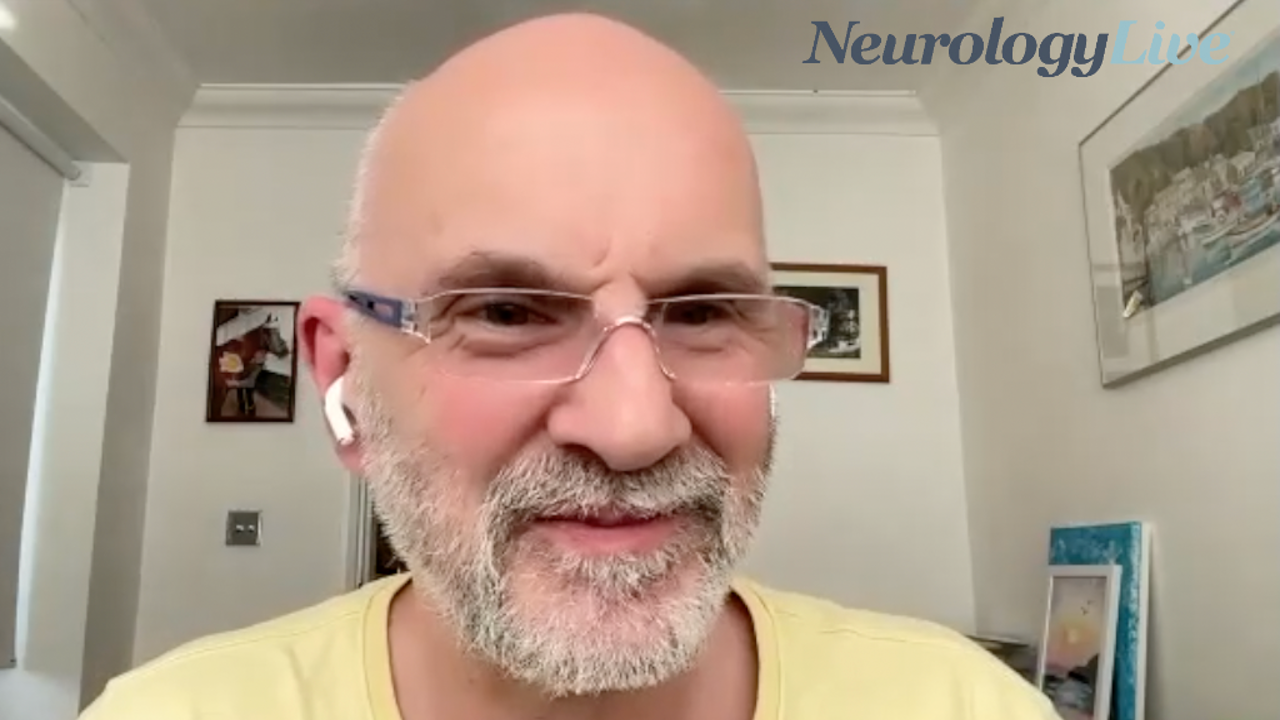Congenital disorders
Assessing Phase 2/3 Trial Safety and Efficacy of AMO-02 for Myotonic Dystrophy: Mike Snape, PhD
WATCH TIME: 6 minutes
“The therapy was genuinely safe and well tolerated, which was not a surprise. It’s been studied in other patient groups such as patients with Alzheimer disease or other neurodegenerative conditions for at least a year double blinded and it was safe as well as generally well tolerated. We did a previous pilot study in adults and adolescents, rather than children with congenital myotonic dystrophy, and had not seen any new safety signals.”
Myotonic dystrophy (MD), an autosomal dominant disorder, is primarily characterized by myotonia and is associated with motor dysfunction as well as psychological and cognitive impairments, including altered social cognition.1,2 In recent developments, AMO-02 (AMO Pharma), also known as tideglusib, is being investigated as a potential agent for congenital myotonic dystrophy. To date, the inhibitor has demonstrated an ability to normalize levels of GSK3ß in transgenic models and in ex vivo tissue samples in patients with neuromuscular disease.
Recently, new data from the ongoing phase 2/3 REACH-CDM trial (NCT05004129) showed that AMO-02 failed to meet its primary end point; however, the agent achieved clinically and statistically significant benefit in various functional and objective assessments.3 The study featured 56 patients who received 1000 mg of AMO-02 once daily for 52 weeks, with an optional further 32-week extended access period. After a year, the agent was unsuccessful in distinguishing itself from placebo on the primary end point of Clinician-Completed Congenital DM1 Rating Scale.
Following the results, Mike Snape, PhD, chief scientific officer of AMO Pharma, sat down in an interview with NeurologyLive® to discuss how AMO-02 works to address the underlying causes of congenital myotonic dystrophy. He also talked about the key safety findings from the clinical trial, and how the therapy differentiated itself from placebo. Additionally, Snape spoke about why the rating scale instruments used were challenging to interpret when assessing the therapy’s efficacy, along with other tests that provided evidence of its effectiveness.

